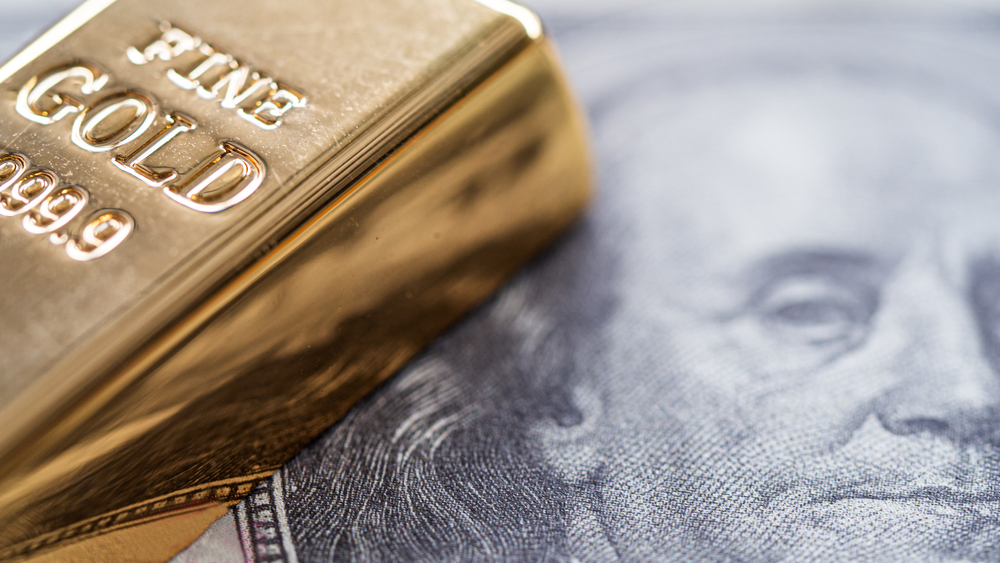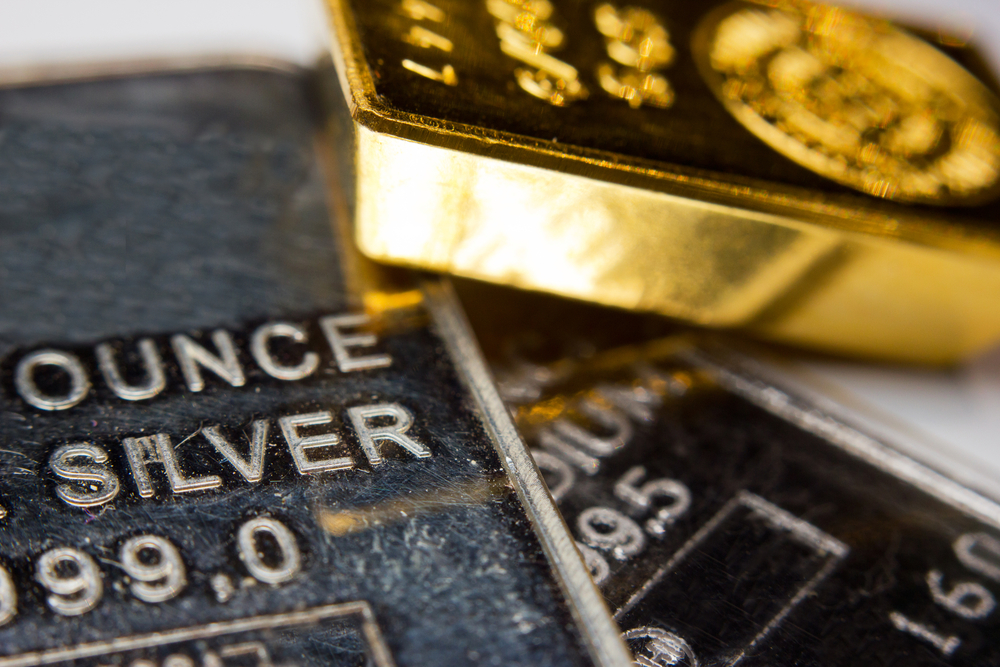The Shocking Reason Our Money Is Worth So Much Less Today
Andy Snyder|October 17, 2023

Here’s a story you can share at your next family gathering. We’ve been telling it to anybody who will listen.
While most folks talk about politics, Hollywood and other trivial things at the dinner table… this is a rich story that shows how we got where we are today.
In short, it’s a story that’s worth retelling.
Not only will you look smart for sharing it, but you’ll also do the world some good.
This story has to do with our money and why it’s worth so much less today than it was yesterday. Once you understand what started the slide, you’ll have a much better grasp on how monumental of a task stopping it will be.
The Big Fix
Many readers know that FDR issued a bold mandate on April 5, 1933. He forced all Americans to sell their gold to the government, promising them $20.67 per ounce for it.
The rather sudden mandate was blasted over the airwaves. It was printed in all major newspapers. And signs were posted in post offices across the nation.
Those who didn’t comply faced a $10,000 fine, 10 years in prison… or both.
The secretary of the Treasury at the time, Will Woodin, said, “Gold in private hoards serves no useful purpose under current circumstances.”
And he didn’t stop there…
“When added to the stock of the Federal Reserve banks,” Woodin said, “it serves as a basis for currency and credit. This further strengthening of the banking structure adds to its power of service toward recovery.”
Ah… what’s good for the goose isn’t good for the gander. Gold is a store of wealth for the government and its chosen banks… but not for the people.
Go figure.
Just over a month after the decree, Washington took more than $300 million worth of gold and another $470 million worth of gold certificates off the streets.
That’s bad enough, but the tale gets darker.
Breaking the Dollar
Just weeks after announcing his confiscation scheme, FDR held a press conference. On April 19, 1933, he told the world he’d signed an order to break the nation from the gold standard.
Why should currency be backed by gold, after all, if gold was illegal to own?
Americans were stunned. But the president said it was in the best interests of the nation and its economy.
It was all about farmers, he said at the time. They had too much debt and not enough income.
Untie the dollar from gold, let commodity prices rise freely… and the nation’s problems will be solved, the thinking went.
“The whole problem before us is to raise commodity prices,” FDR said.
By unhinging the dollar from gold, the former could be devalued, and inflation could slowly wipe away the pain caused by massive debt.
Shredding the Contract
But there was a hitch – perhaps something the new president (he did all of this within his first few months in office, by the way) didn’t think through. Perhaps his aides hid it from him. Or perhaps he simply didn’t care.
Whatever the case, much of the nation’s debt at the time was in the form of contracts that included something quite smart… something a lot of folks would love to have in their contracts today.
These contracts contained “gold clauses” – and these clauses created a system of checks and balances for the monetary world.
A gold clause ensured a lender was repaid with real money – money that wouldn’t be devalued later due to government shenanigans… like massive money printing.
With the gold clause intact, borrowers were in a jam. FDR’s devalued dollar left them with two options for paying off their debt. They could pay the “real” price in gold… or they could pay the “new” price in dollars that were now worth less.
The difference between the price of gold and the price of the devalued dollars was a whopping 69%.
So of course lenders demanded gold. It was still worth as much as it was when they had issued their loans.
The situation was a mess. But FDR’s power was limited.
He couldn’t sign an executive order, as he’d done to outlaw gold. He needed Congress to wield its power.
And even its lawful ability to remove a key clause from a private contract was highly debatable.
But as a weak, party-led Congress tends to do… it bowed to the president’s pressure and voted in favor of Public Resolution No. 10.
With the president’s signature, the gold clauses in contracts became null and void. In an instant, more than $100 billion worth of government and corporate bonds lost much of their value.
Lenders got screwed.
Proponents of killing gold clauses argued that forcing debtors to pay in gold not only was impossible now that the metal was outlawed… but would also kick off a wave of personal bankruptcies as the devalued dollar made the relative price of gold soar.
If allowed to happen, they argued, it would ensure that the Great Depression the government was fighting would get even greater.
FDR, of course, said he had no choice in all of this. America’s economic doom – and, eventually, Britain’s devaluation of the sterling – forced his hand.
But the causes don’t matter. Only the effects do.
We know today that this rigging of the monetary market – and, more importantly, this cutting of ties with gold – launched the start of the race to the bottom that still plagues the world today.
Despite radical measures, the same problems still exist.
Meddling with money won’t fix them. Only meddling with spending will.
Take this as a warning as talks of debt forgiveness and bailouts continue. Eventually, it will all lead to another shocking announcement that will make life tougher for all of us… at least all of us who dare to build wealth for ourselves.
History is daring to repeat.






